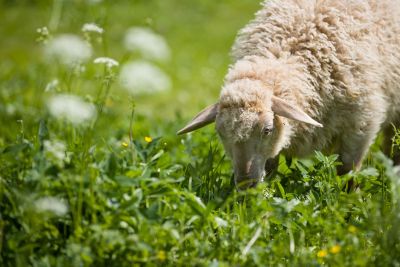Plant Toxicity in Sheep
Any kind of livestock that goes out to pasture (including urban and suburban areas) and grazes is at risk for finding plants poisonous for sheep. The boundaries between rural and urban areas are blurring in some places, and this may put sheep at greater risk. Backyard sheep may encounter types of plants they wouldn’t normally see in a pasture that could be harmful to them. With sheep and poisonous plants, it’s best to be proactive. Know the dangerous plants and remove them from the areas your sheep will graze. Also, look for signs of poor health and plant toxicity in sheep so you can get veterinary care as soon as possible. Signs and symptoms to watch out for include:
Not eating
Vomiting
Staying away from the rest of the flock
Keeping head down, apathy, fatigue
Acting confused
Drinking an excessive amount of water
Difficulty breathing
Convulsions
Bloating
What Plants are Poisonous to Sheep?
Plants poisonous for sheep may be lurking in your pastures, around the edges of fields, along fence lines, and in your landscaping or garden beds. Some examples of toxic plants you may be using intentionally for landscape and garden areas include:
Iris
Holly
Morning glory
Rhubarb
Cruciferous vegetables (like cabbage and broccoli)
Yew
Oak
Oleander
Wild cherry
Mountain laurel
Lantana
Plants more likely to be found in a pasture that could be dangerous to your sheep include:
Milkweed
Locoweed
Lambsquarters
Snakeroot
St. John’s wort
Flax
Birdsfoot trefoil
Bracken fern
Black locust
Pokeweed
Common nightshade
Arrowgrass
False hellebore
Common ragwort
Keeping your pasture clear of toxic plants is important for the health of your flock. If you notice signs of toxicity, contact your veterinarian immediately. Search for the plant that likely caused the symptoms so you can provide more information to help with the sheep’s care.
